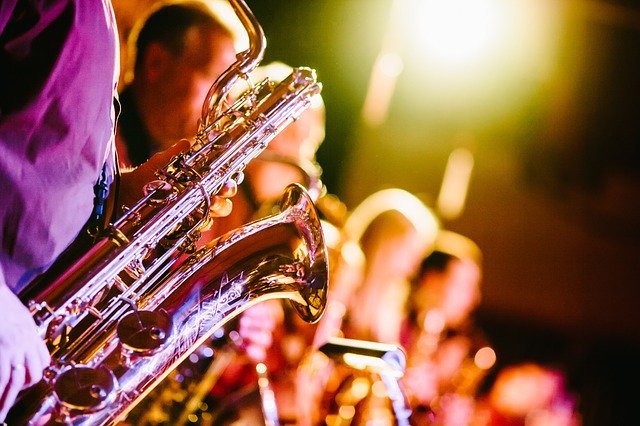When preparing students for a performance, the emphasis is understandably on playing the music to the highest level achievable. Our job is to teach music, so if our students are playing with proficiency and musicality, then we’ve checked all the boxes, right? Not so fast.
There’s more to performing music than simply playing the songs. Think about some of the best live concerts you’ve attended. The musicianship was great, but so was the stage presence of the performers. In any genre this is true. The musicians look the part, portray confidence on stage, and deliver a compelling performance. In pop music, the importance of visual elements is obvious. Costumes, choreography, and lighting are prominent and a huge part of the experience. Even in a solo violin recital, these elements exist, just in a subtler manner. Proper lighting in the recital hall, the musicians’ choice of clothing, and body language on stage all effect how the audience perceives the concert. For how important these visual elements are to a performance, we seem to spend remarkably little time addressing stage presence with students. Adequately prepping students on how to conduct themselves on stage goes a long way towards creating a more convincing concert and prepares students to handle future public performances, whether music, speeches, or presentations, in a more professional manner.
Two personal pet peeves of mine when it comes to student performances are bowing and microphone presence. Too often I’ve seen young musicians take really awkward looking bows. There’s nothing more uncomfortable than watching someone bow with their legs spread apart. It ends up looking like a soccer goalie who’s let the ball between their legs. Keep the feet together, bend down at the waist, and look at the floor. And please, no ridiculous hand gestures. We’re not TV butlers, we’re musicians. And if your students will be holding instruments, address how best to hold them when bowing.
When it comes to microphones, students are often too far from the mic, thus negating the benefits of having it there. Students don’t inherently know how close to be to a microphone; they need to be taught. Instrumentalists ideally should be no more than a foot away. If you’ll be using microphones in a performance, rehearse with them beforehand. The mics don’t even need to be plugged in. Simply having them there will enable students to get comfortable with playing into a mic, and you can make adjustments accordingly so that your soloists will be heard come concert time.
These various elements of stage presence need to be practiced and reinforced. Clearly state and repeat your expectations you have for your students and take the time rehearse these things. They should know how to enter the stage, how to act when on it, and how to leave it. Practice the bow, practice with microphones. The result will be a more refined, professional looking performance.
